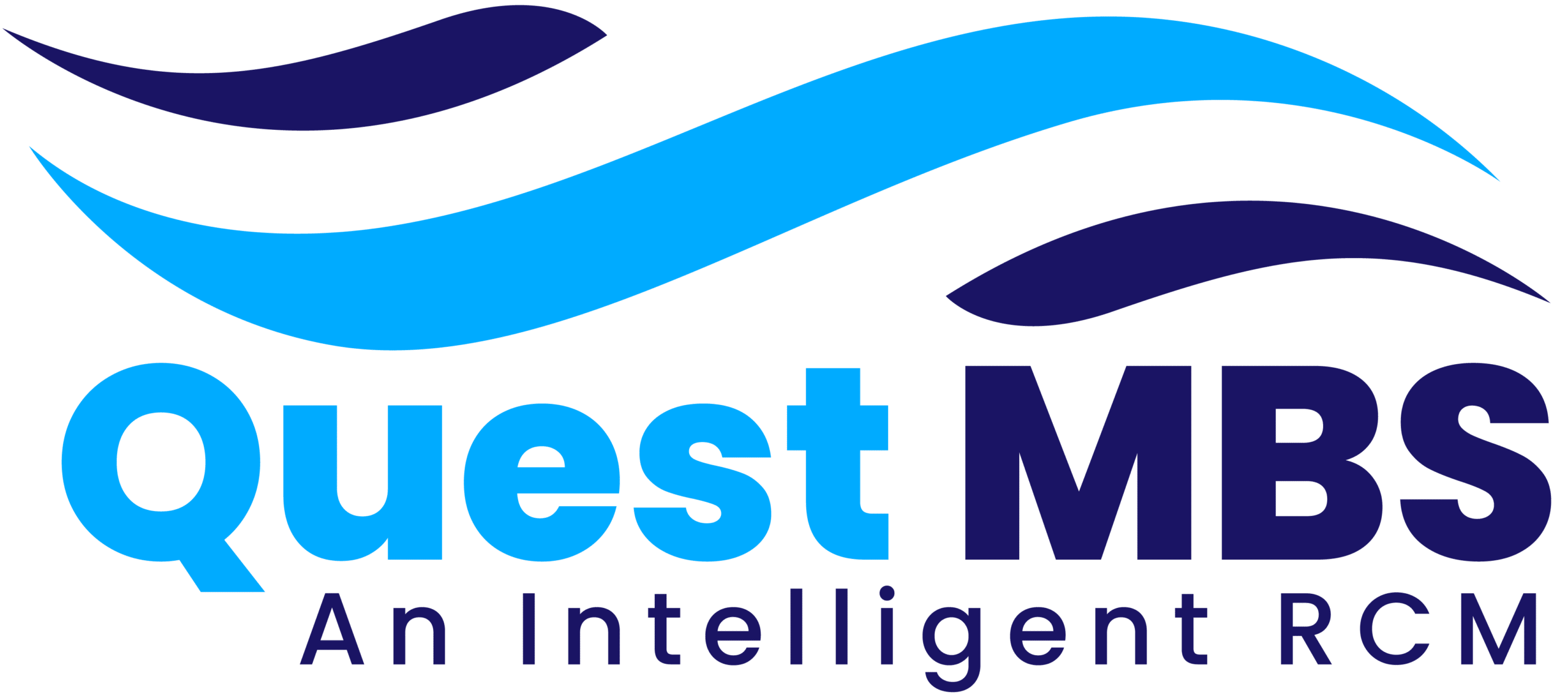Introduction to Medical Billing
Navigating the world of healthcare can feel overwhelming, especially when it comes to understanding medical billing. It’s a critical part of the healthcare system that impacts both providers and patients alike. But what exactly is medical billing? If you’ve ever wondered how your doctor gets paid or why you receive those sometimes confusing statements after a visit, you’re not alone. In this beginner’s guide, we’ll break down the essentials of medical billing, demystifying its processes and significance in today’s healthcare landscape. Whether you’re considering a career in this field or just want to understand more about your own medical bills, you’ve come to the right place! Let’s dive into the basics together.
What Does a Medical Biller Do?
A medical biller plays a crucial role in the healthcare system. They are responsible for translating patient services into billing claims. This process starts with gathering patient information and verifying insurance details.
Once the necessary data is collected, the medical biller codes diagnoses and procedures using standardized coding systems like ICD-10 or CPT. Accuracy is vital here, as errors can lead to claim denials.
After coding, they submit claims to insurance companies and follow up on payments. If issues arise—like denied claims—they investigate and resolve them swiftly.
Communication is also key; medical billers often interact with healthcare providers, insurers, and patients to clarify discrepancies or answer questions about bills. Their work ensures that healthcare facilities receive timely reimbursement for services rendered while helping patients understand their financial responsibilities.
The Importance of Medical Billing in the Healthcare Industry
Medical billing plays a crucial role in the healthcare industry. It acts as the bridge between patients, healthcare providers, and insurance companies. Without accurate billing processes, the entire system can falter.
When services are rendered, medical billers ensure that all procedures and diagnoses are correctly documented. This accuracy is essential not just for reimbursement but also for maintaining the integrity of patient records.
Timely medical billing impacts cash flow for healthcare facilities. Delays in processing claims can lead to financial strain on hospitals and clinics alike. Efficient billing ensures that practices remain sustainable while providing care.
Moreover, proper medical billing contributes to better patient experiences. When bills reflect true charges without errors or confusion, it fosters trust between patients and providers.
In an ever-evolving landscape of regulations and policies, effective medical billing remains a cornerstone of operational success within healthcare organizations.
Key Terms and Concepts in Medical Billing
Understanding medical billing involves familiarizing yourself with several key terms. One crucial term is “CPT codes.” These are the Current Procedural Terminology codes that describe medical, surgical, and diagnostic services.
Another important concept is “ICD-10 codes.” These codes classify diseases and health conditions. They help ensure accurate documentation of patient diagnoses.
“Modifiers” play a significant role as well. They provide additional information about a procedure or service without changing its definition.
Then there’s “claims processing.” This is the system used to submit bills to insurance companies for reimbursement.
Knowing about “denials” can save time and effort in your billing process. Denials occur when claims are rejected by payers due to errors or missing information.
Familiarity with these terms will enhance your understanding of how medical billing operates within healthcare systems.
Steps in the Medical Billing Process
The medical billing process starts with patient registration. This involves collecting essential information, like personal details and insurance coverage.
Next is the charge capture phase. Here, healthcare providers record services rendered during a patient’s visit. Accurate documentation ensures that nothing important gets overlooked.
Then comes claim creation. Billers convert the captured data into standardized codes for diagnoses and treatments. These codes help insurance companies understand what they are paying for.
Following this, claims submission takes place. The biller sends the completed claims to the appropriate insurance provider through electronic or paper formats.
Once submitted, tracking is crucial. Billers monitor each claim’s status while following up on any discrepancies or denials from insurers.
After payment processing, accounts receivable management kicks in. This includes posting payments received and managing any outstanding balances owed by patients or insurers.
Common Challenges and Solutions in Medical Billing
Medical billing can be a complex field, often fraught with challenges. One common issue is claim denials. These can stem from incomplete information or coding errors, which delay payments and frustrate healthcare providers.
To combat this, thorough training for billers is essential. Familiarizing the team with the latest coding guidelines reduces mistakes and enhances accuracy.
Another challenge is navigating insurance policies. Each provider has different rules regarding coverage, leading to confusion during billing.
Implementing robust software solutions can streamline this process. Automation helps ensure that claims are submitted correctly while keeping track of various insurance requirements efficiently.
Additionally, staying updated on industry regulations is crucial. Frequent changes in laws may create compliance issues if not monitored closely.
Regular audits of billing practices also help identify recurring problems early on, allowing organizations to address them proactively before they escalate into bigger issues.
Career Opportunities in Medical Billing and Coding
The field of medical billing and coding offers a wealth of career opportunities. With the healthcare industry continually evolving, skilled professionals are in high demand.
Many roles exist within this sector, including medical biller, coder, claims examiner, and revenue cycle manager. Each position plays a crucial part in ensuring that healthcare providers receive proper compensation for their services.
Certification can enhance job prospects significantly. Various organizations offer training programs that prepare candidates for certification exams. This added credential often leads to better job placements and higher salaries.
Remote work is also a prominent option in today’s market. Many companies allow employees to work from home, providing flexibility that appeals to many individuals seeking work-life balance.
Networking within professional associations can open doors as well. Connecting with experienced peers can lead to mentorship opportunities or job referrals—valuable resources for those just starting out in the field.
Conclusion
Navigating the world of medical billing can seem daunting at first, but understanding its fundamentals is key to grasping how healthcare systems operate. Medical billing serves as a crucial link between patients, providers, and insurance companies. It ensures that healthcare services are accurately documented and reimbursed.
The role of a medical biller is multifaceted, requiring attention to detail and an understanding of various regulations. With the ever-evolving landscape of healthcare policies, staying informed about industry changes is essential for success in this field.
Key concepts such as CPT codes, ICD-10 codes, and modifiers play significant roles in ensuring accurate billing practices. Familiarity with these terms not only aids in effective communication within the healthcare system but also enhances one’s ability to navigate complex claims processes.
While challenges like claim denials or coding errors may arise frequently, knowing common solutions helps mitigate these issues quickly. The importance of accuracy cannot be overstated; it directly impacts patient satisfaction as well as revenue cycles for medical facilities.
For those considering a career path in this field, opportunities abound ranging from entry-level positions to specialized coding roles. Continuous education can enhance skills while opening doors to advancement within the industry.
As you delve deeper into what medical billing entails through this beginner’s guide to the basics, remember that each aspect plays a vital part in delivering quality care through efficient financial operations. Embracing these principles sets up both individuals and organizations for enduring success in the dynamic realm of healthcare finance.







